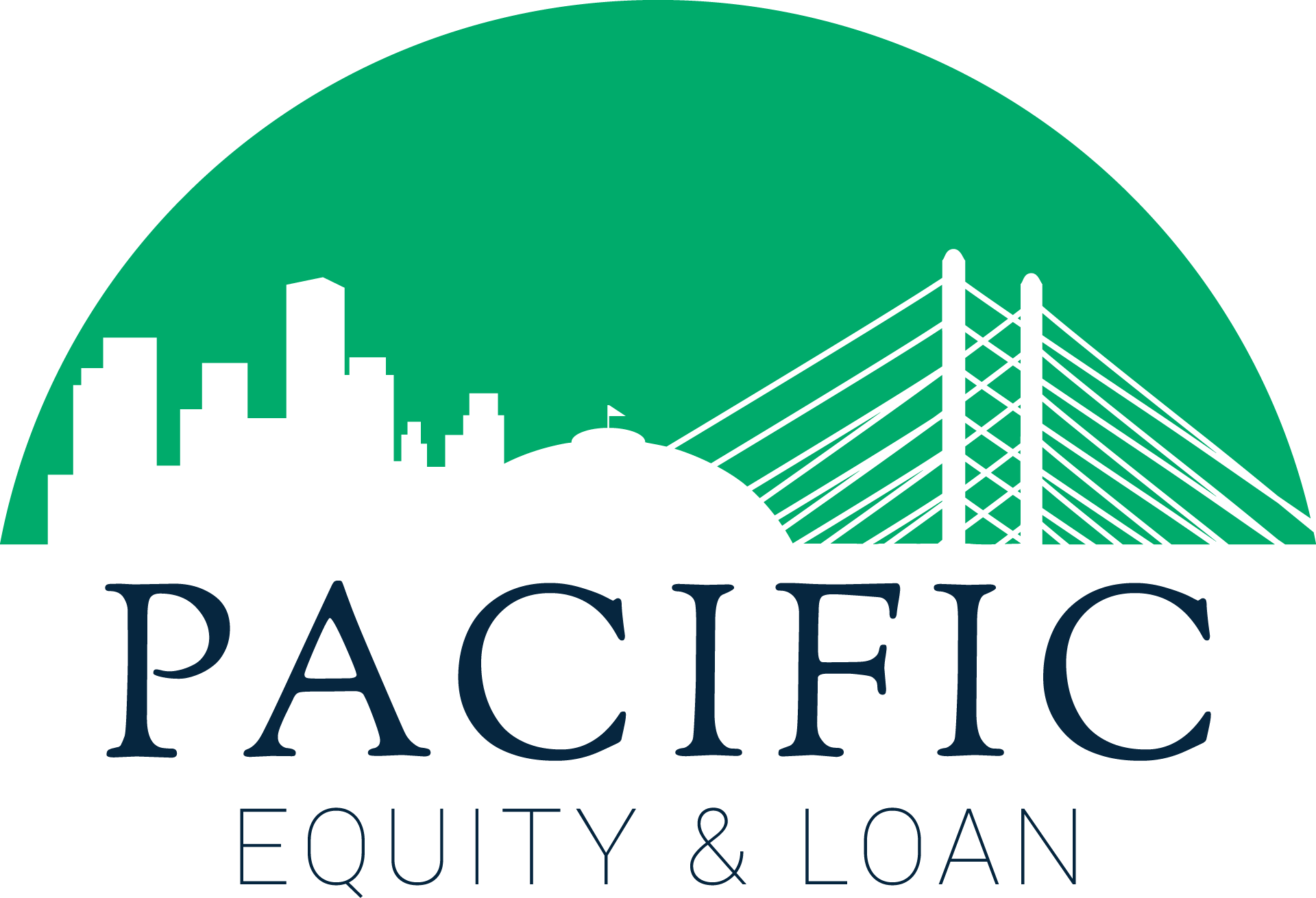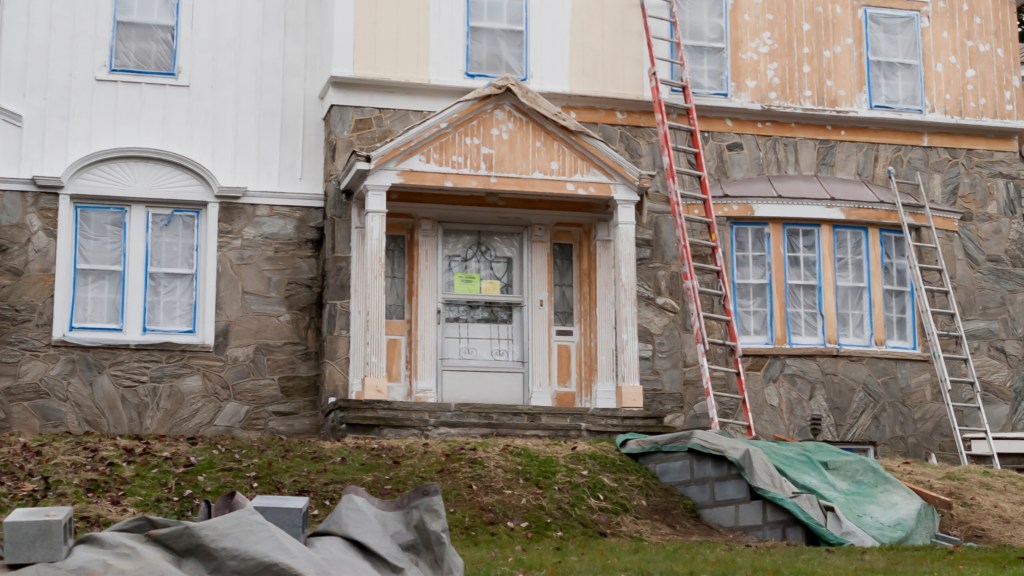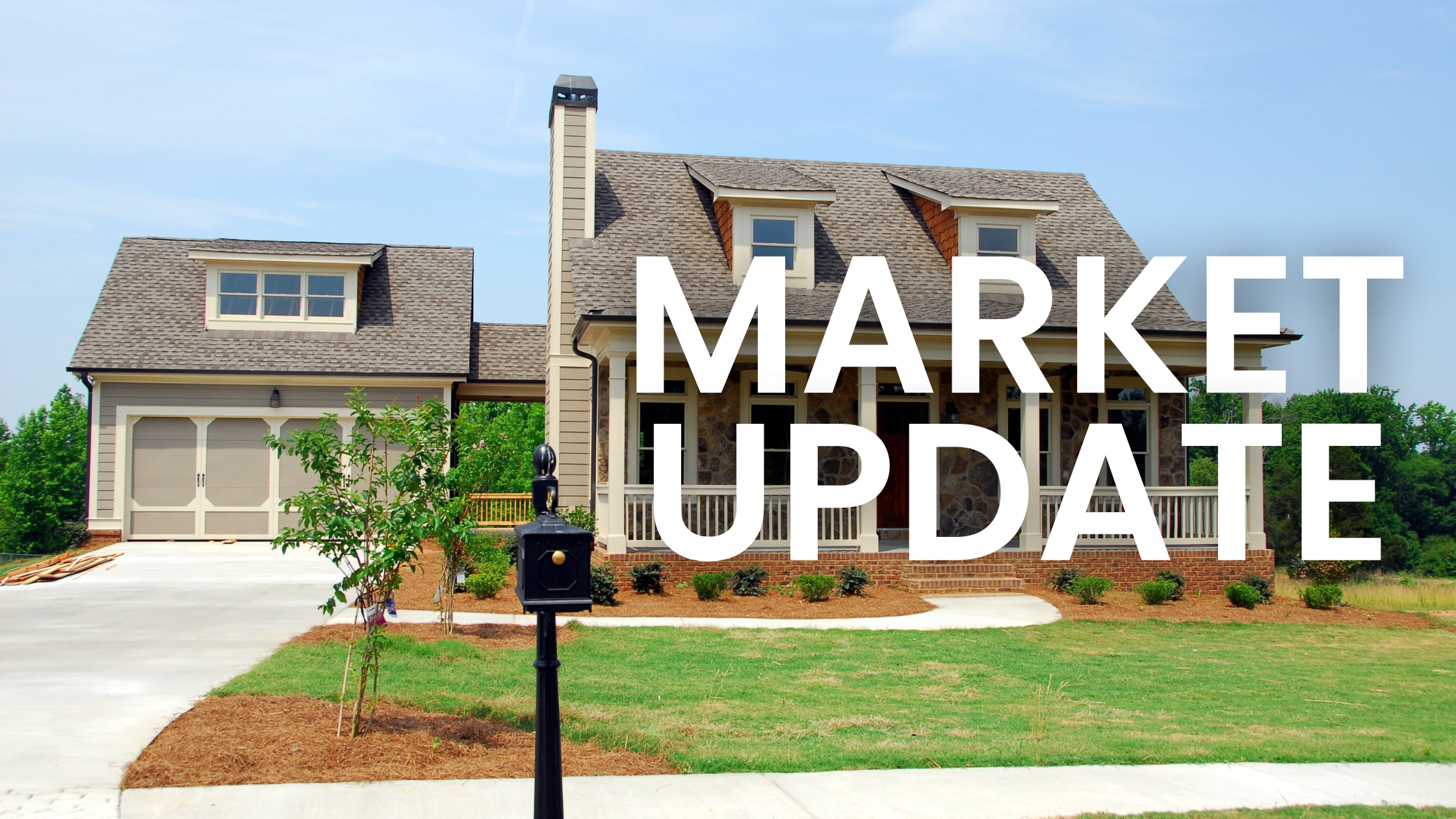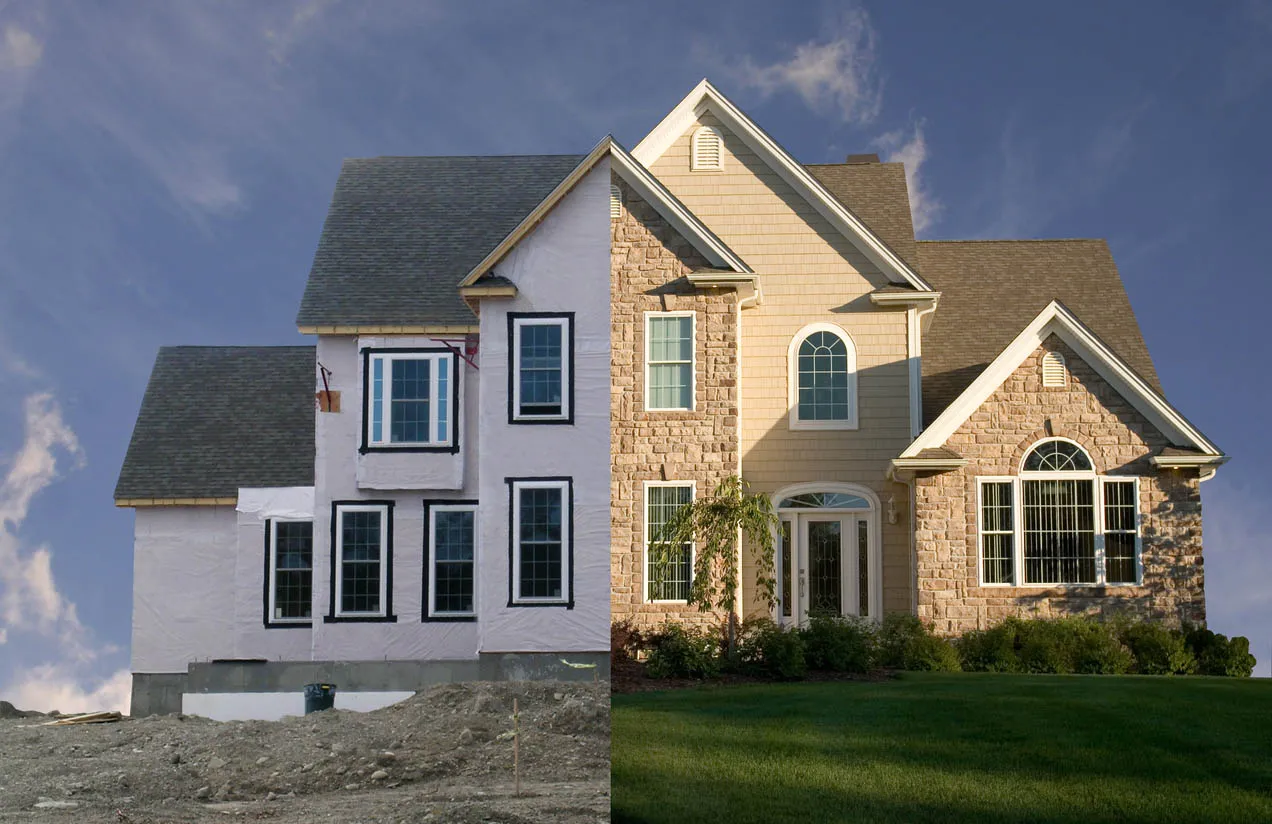You may have heard of ARV if you’re considering flipping a property or maybe remodeling your own home. ARV is a metric used by real estate investors and flippers to assess a property’s potential value following renovations.
Experienced flippers can use ARV to predict a home’s future value and arrange funding for repairs. Regular homeowners can benefit from this approach of determining worth if they want to make adjustments to their home that will increase its value.
When assessing a loan amount, one of the most significant differences between hard money lenders and traditional institutional lenders is that hard money lenders are ready to consider after-repair value (ARV), but institutional lenders typically only examine as-is value.
Read on for our guide on after-repair value if you want to understand more about ARV and how to utilize it.
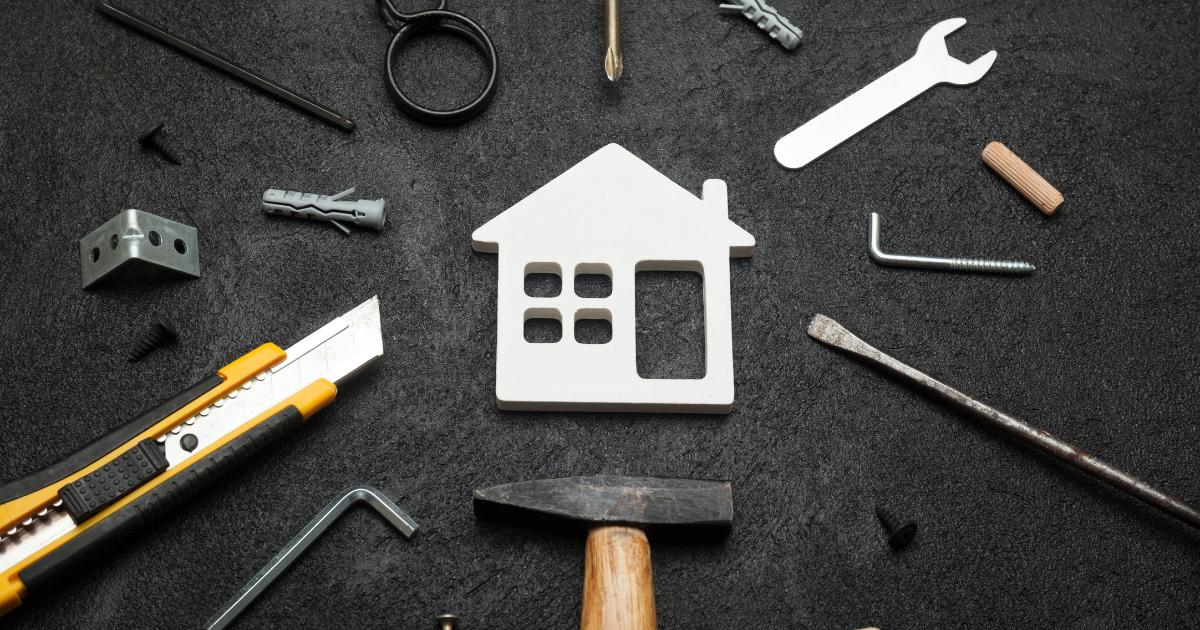
What Does After-Repair Value (ARV) Mean in Real Estate?
The difference between a property’s current value and what it will be worth after repairs is known as the after repair value (ARV). ARV is often used by house flippers to determine the value of a fixer-upper property, including how much it may be purchased for and then resold for after repairs. The repairs or renovations can range from repairing the roof to installing new kitchen appliances.
Because flipped properties are frequently in poor condition, house flippers and investors are unlikely to purchase them at market value in order to make a profit. Instead, they can use ARV to get a better deal on a house by factoring in the cost of future repairs.
Why Does After-Repair Value (ARV) Matter?
For investors, the after-renovation value of a property is essential since it indicates if a property will be profitable enough to be worth fixing and flipping.
In fact, investors who buy a fix-and-flip property without first calculating ARV risk losing money and time on the transaction. And when granting a hard money loan, lenders like Pacific Equity & Loan use ARV to determine how much they could lend investors.
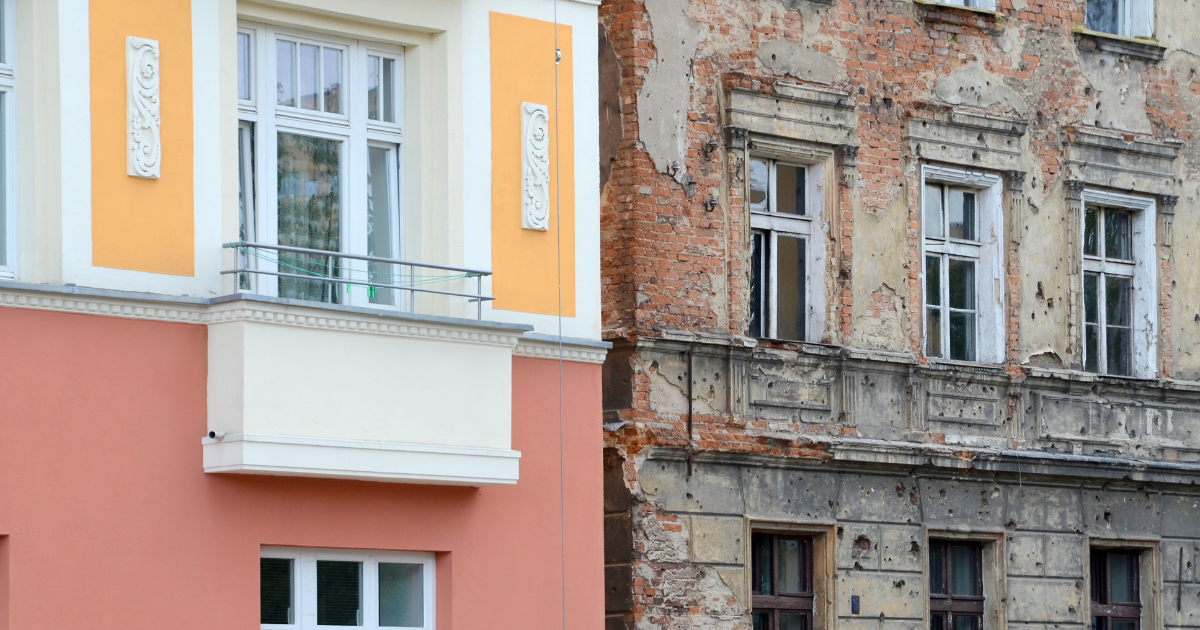
How To Calculate After-Repair Value (ARV)?
The formula for calculating ARV is: ARV = Current Property Value + Value of Repairs
With this formula, you should be able to estimate how much a home could be worth following renovations, providing everything goes according to plan and no unexpected complications arise.
However, the basic formula overlooks a few key factors that must be considered in order to arrive at an accurate ARV estimate. If you’re going to use ARV to make a property offer or get financing for renovations, you’ll also want to accomplish the following:
Get a Current Property Appraisal
To get the most accurate estimate of the current property value, you’ll need a property appraisal from a professional third-party appraiser who is knowledgeable with the area.
The appraiser will carefully analyze the property’s condition, taking into account a number of aspects including:
- Overall property condition
- Property size in square footage
- Number of amenities, including the number of bedrooms and bathrooms
- Curb Appeal Property
- Location
After the appraiser has examined every part of the property, they will be able to provide you with an estimate of its current value. Knowing the current value of your house could help you calculate your ARV with more precision.
Evaluate Comparable Sales (Comps)
Comparables or “comps” are houses that have recently sold nearby and are similar to the one you’re renovating or selling. An MLS, or multiple listing service, is the best place to look for real estate comps. If you’re not familiar with calculating ARV, a real estate agent can assist you because they have access to an MLS and are familiar with comparable sales in your area.
Comps must be:
- In the same area as the house you’re refurbishing
- A property with same square footage and style
- A property’s age is similar.
- Identical to the property’s condition in terms of upgrades
Property value is determined not only by the property itself, but also by its surroundings. Even a house’s or multi-family property’s location and nearby amenities can have a significant impact on its value.
Estimate Value of Repairs
When estimating the cost of repairs, property investors must be comprehensive, accurate, and realistic. The cost of repairing or renovating a property differs from the value added by the repairs. Identifying everything that may require repair in addition to your planned repairs may help you avoid unforeseen costs once you’ve calculated and used the ARV.
Though an appraiser’s primary goal is to assess the market value of your home, they can also point out any repairs that are needed and, in some cases, the cost of those repairs.
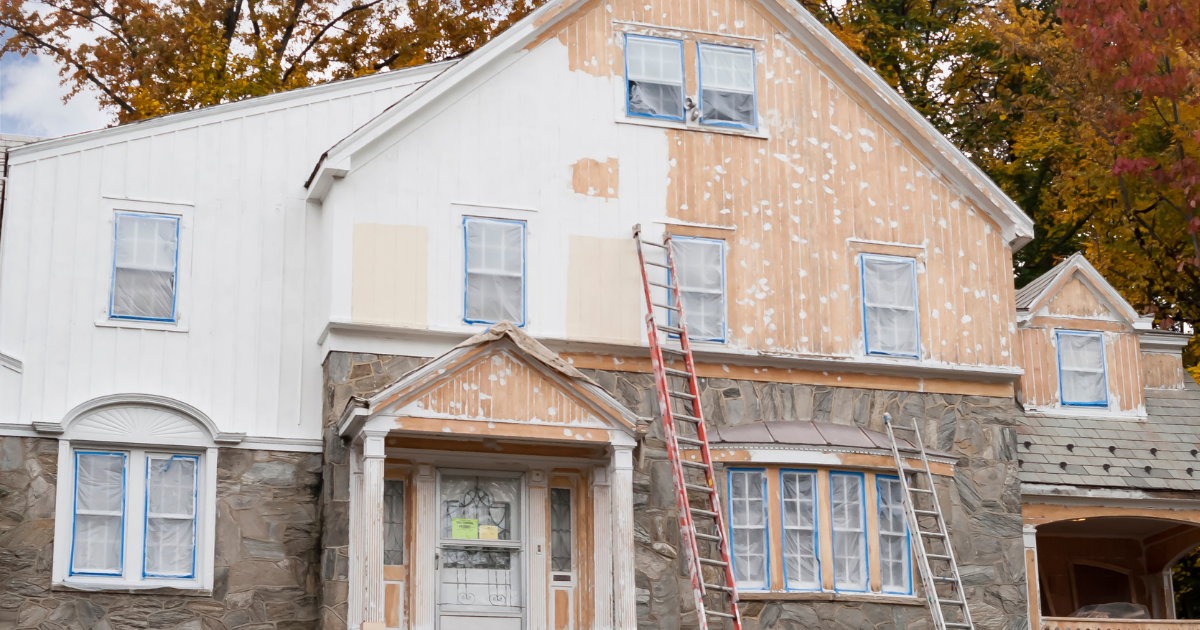
What Is the 70 Percent Rule?
How can real estate investors figure out how low they may go with their offer? Many investors employ a technique known as the “70 percent rule,” which considers ARV and the cost of planned repairs to estimate the best price to pay for an investment property.
Any real estate investor who wants to flip a house should know the 70 percent rule. The formula for the 70% rule is: (ARV x 70%) – estimated repair cost = maximum purchase target.
The formula is created to aid real estate investors in determining a house offer price that is below market value but high enough to be competitive and accepted by the seller. Because the 70 percent guideline isn’t a one-size-fits-all formula, it may need to be tweaked for different markets across the country. Furthermore, because it’s based on an anticipated ARV value, the 70 percent guideline shouldn’t be used to determine your final offer — more research and advice from a real estate expert are recommended, especially if you’re new to flipping houses.
Endnote
House flippers and homeowners who want to raise the value of their property and assure a solid return on investment when it comes time to sell can employ ARV. It comes with risks because it’s an estimate, but it could be handy if you’re wanting to get the most bang for your money on a fix and flip.
For today’s top real estate investors, the ARV formula has shown to be invaluable. Using property value and market data, this simple calculation can tell whether or not a potential deal is worth pursuing. When used correctly, an ARV calculator can assist you in determining a target purchase price. It may also assist you in determining the best financing arrangement for the home. While ARV should not be used alone to assess a deal’s profit potential, it is an important figure to include in your deal analyzer. See for yourself by applying ARV or the 70% rule to your next investment property.
Looking for a reliable real estate investing partner? Pacific Equity and Loan specialize in hard money loans and we offer program loans designed to correspond with the investor’s goals and financing needs. Contact us today at (253) 336-6764 or email us at sales@pacificeal.com.
Citation
“What Is ARV and How Is It Determined? A Real Estate Investor’s Guide.” Noble Mortgage, 26 Feb. 2021, https://noblemortgage.com/blog/what-is-arv.
Esajian, JD. “ARV Meaning & Calculator for Real Estate Investors.” FortuneBuilders, FortuneBuilders, 9 May 2022, https://www.fortunebuilders.com/what-is-arv-meaning-how-to-calculate-your-investment/.
“ARV: Everything You Need to Know.” Rocket Mortgage, https://www.rocketmortgage.com/learn/arv#:~:text=ARV%2C%20or%20after%2Drepair%20value,then%20resold%20for%20after%20repairs.
